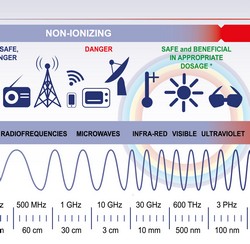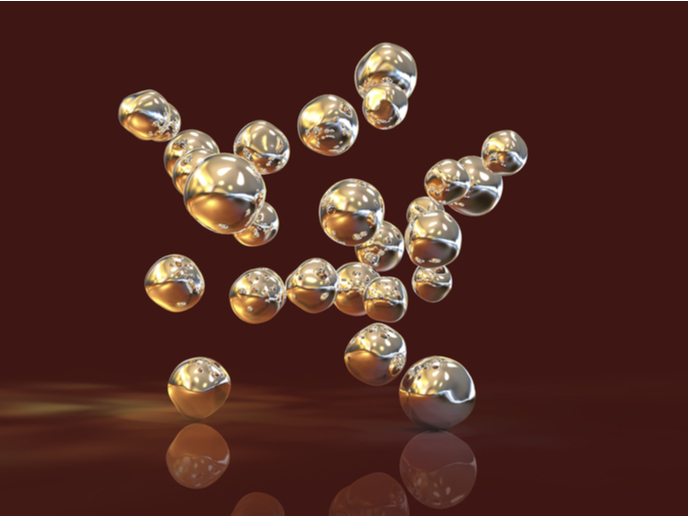Applications of terahertz engineering
The recent growth in interest in THz (or submillimetre wavelength) technology began with the development of a pulsed (single-cycle) THz emitter – the semiconductor photoconductive switch – and the subsequent development of THz time-domain spectroscopy (TDS). Since then, considerable success has been achieved in the use of THz-TDS for a wide range of imaging and spectroscopy studies. Recent progress in guided-wave systems, both via freestanding structures and on-chip, has extended the field. The aim of the NOTES (New opportunities in terahertz engineering and science) project was to develop technologies based on THz frequency quantum cascade lasers (QCLs) and guided-wave systems, and to investigate the THz frequency/picosecond timescale physics of low-dimensional semiconductor-based electronic systems. The high-frequency response of nanoscale electronics is central to the microelectronics industry, and also of fundamental scientific interest. QCLs have the potential to transform THz technology, but current limitations include the amount of radiation that can be coupled out of the device and the quality of the beam profile. The project investigated a number of methodologies to engineer low-divergence surface and edge emission, and in particular by etching an intricate pattern (a photonic crystal) into a QCL. THz QCLs were also used as optical amplifiers, in which weak pulses of THz radiation emitted by photoconductive switches were amplified. Tunable QCLs can be useful for many applications. A number of QCL imaging and spectroscopy techniques were investigated, the most noteworthy being a novel scheme enabling use of a QCL device for both the generation and detection of THz radiation, with high sensitivity, a very fast response, and a simple and compact design. To develop an understanding of the high-frequency dynamic conductivity of low-dimensional electron systems, the team built a THz-TDS transmission system. This was capable of simultaneously measuring the orthogonal polarisation components of a free-space propagating signal and extracting the conductivity tensor components of a 2D electron system (2DES). Using a 2DES patterned with a coplanar waveguide, the influence of short- and long-range impurity potentials on the 2DES high-frequency response (to 20 GHz) were established and interpreted in the context of theoretical models of magneto-conductivity.







